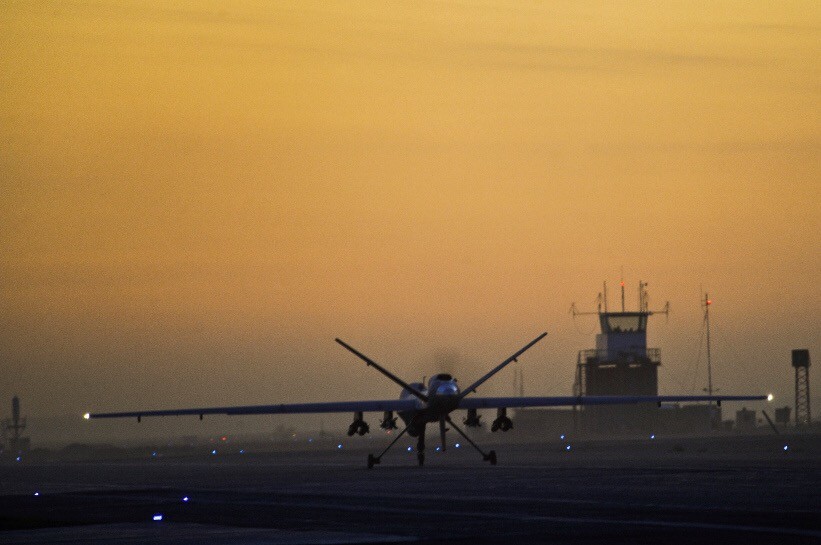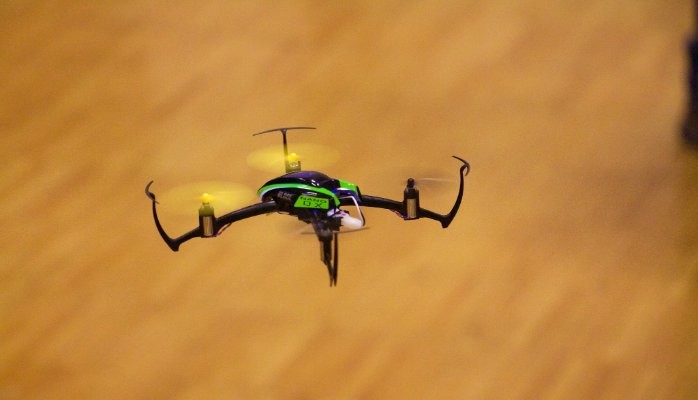So what makes these ubiquitous drones so awe inspiring .And are they really going to make our local postman/transporter jobless?

Drones are essentially flying robots and can either be autonomous or manned remotely. Many companies are exploiting drones’ ability to capture high-resolution imagery using tech ranging from regular cameras to laser scanners, leading experts to predict that the drones will spawn a $90 billion industry within a decade.
Drones aren't just for paparazzi and film crews anymore. A simple beginner's model doesn’t cost you much and can be put to various creative use by you or you can even gift one to a toddler.
Drones could help farmers prioritize where to apply fertilizer. They also could help energy companies monitor their infrastructure. Search and rescue missions would rely on them to get to vantage points that an unaided human never could. Drones could even enable emergency response teams to quickly map the extent of damage after natural disasters. Their use could help a country like India straddle its vast geography and bring relief to its own citizens. Imagine getting a pizza & Nimbu paani delivered in your balcony from your friendly local ‘kirana’ shop. If commercial drone delivery is properly implemented, it means fewer cars and trucks on the road and increased convenience for customers and employees alike.

A host of companies are now working on hobbyist drones capable of following their owners autonomously. The company AirDog won rave reviews for a drone that uses long-range Bluetooth to track and follow its operator. And Fotokite wowed audiences at a TED talk in Vancouver, British Columbia, in 2014 with a tethered camera drone, and launched its first consumer product in August.
And because the technology is still in its infancy, we feel its potential is limitless.Yes there are downsides to it. But we need to frame regulations in such a way that it doesn’t get into the hands of the Bad guys.
Regards,
Godamwale Team

